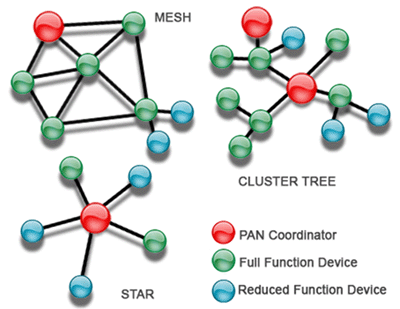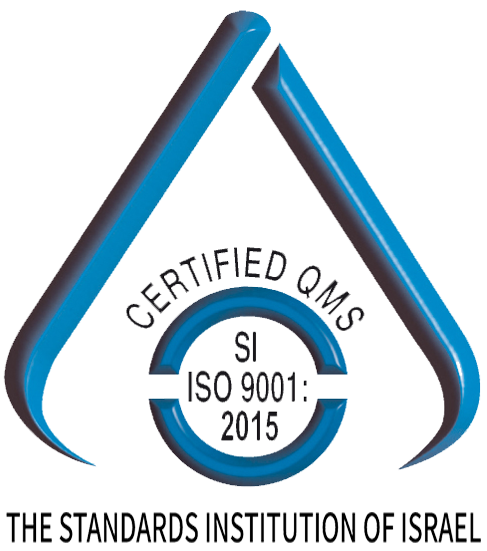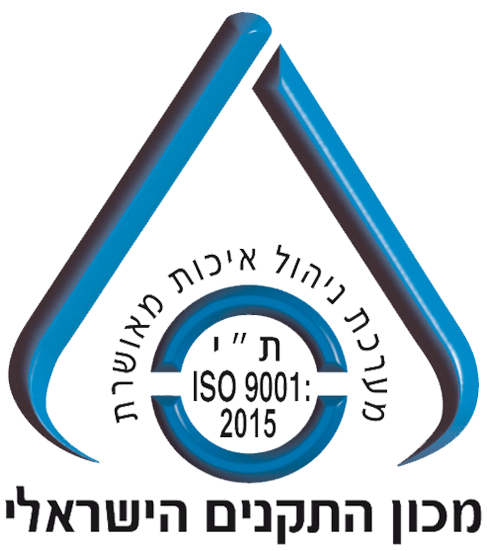What is ZigBee?
ZigBee is a specification based on the IEEE 802.15.4 standard for wireless personal area networks (WPANs). ZigBee operates in the ISM radio bands, and it defines a general-purpose, inexpensive, self-organizing, mesh network for industrial control, embedded sensing, medical data collection, smoke and intruder warning, building automation and home automation, etc.
There are three different types of ZigBee devices in a ZigBee network:
Coordinator (Master/Host): (ZT-2570 is net-host) Only one coordinator exists in each ZigBee network. Its function is to store information about the network and to determine the optimum transmission path between any two points of the network.
Full function device (Router, Repeater): Routers act as an intermediate repeater that passes data from other devices. (ZT-2571 is net-slave) or ZT-2510 as a Repeater.

There are three topologies defined in the IEEE 802.15.4: standard, Star, Cluster Tree and Mesh.

Self-healing Mesh network, that provides a complete solution, connecting serial interfaces as well as I/O nodes on the same network. While the host can be connected to Ethernet or serial interfaces, supporting ModBus TCP and RTU.

IcpDas zigbee solution supports I/O pair-connection as described below.

for more informtion click for more information.




